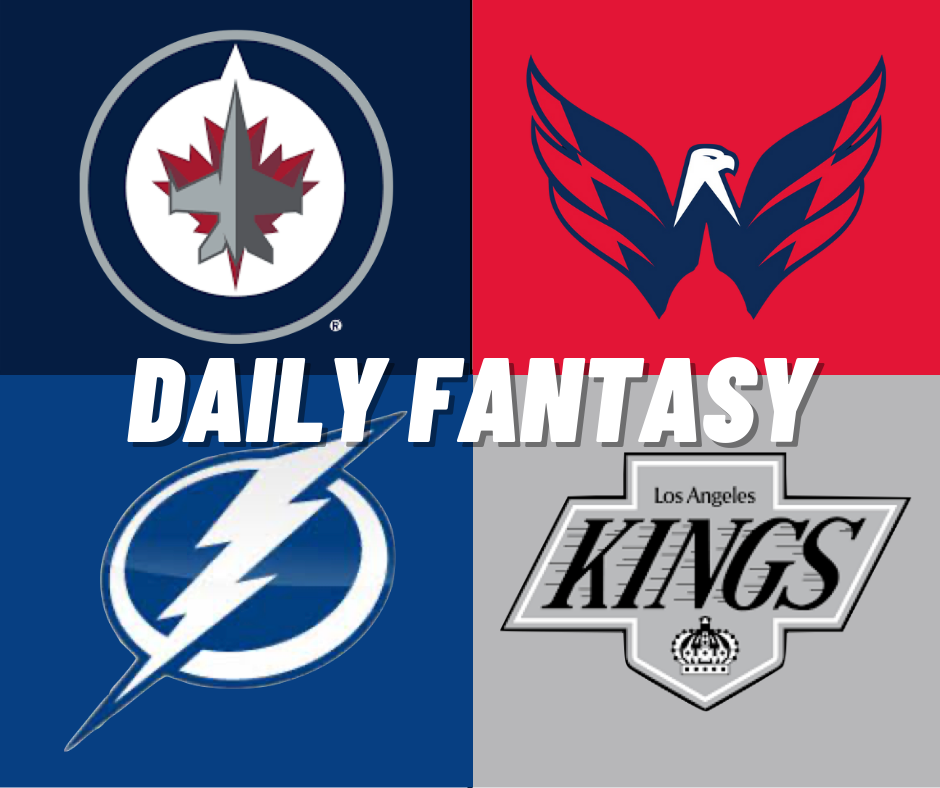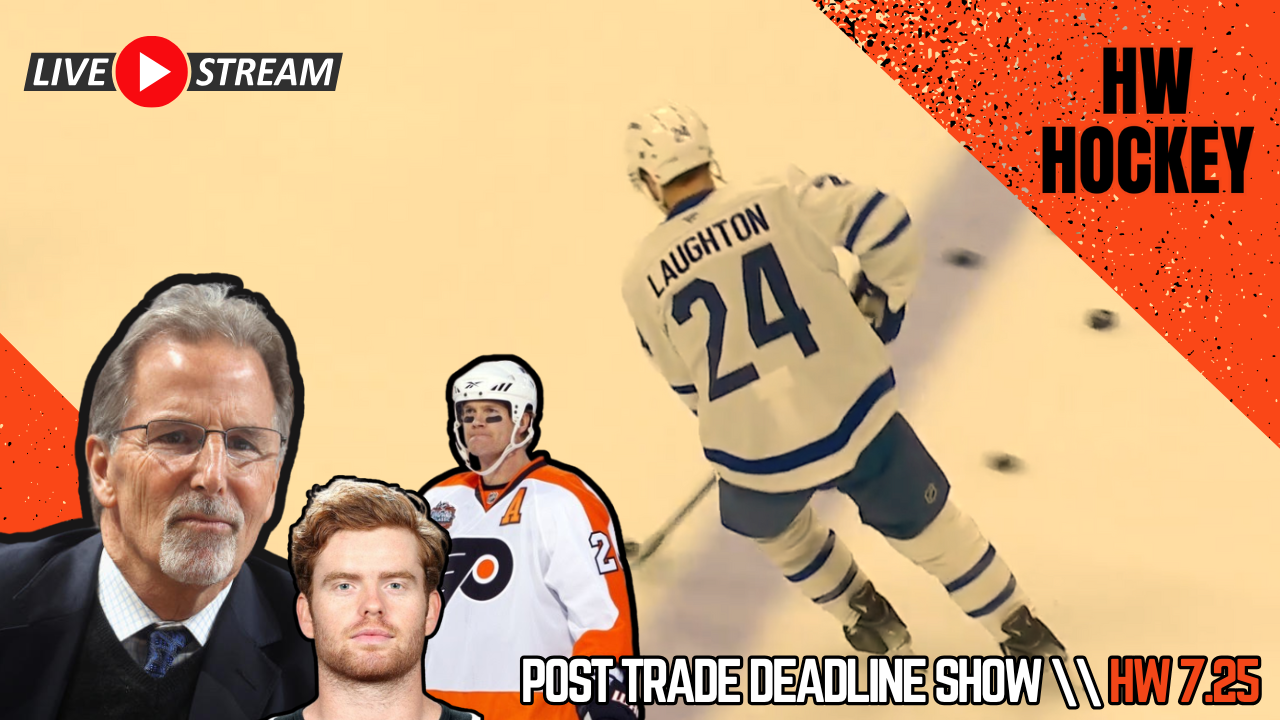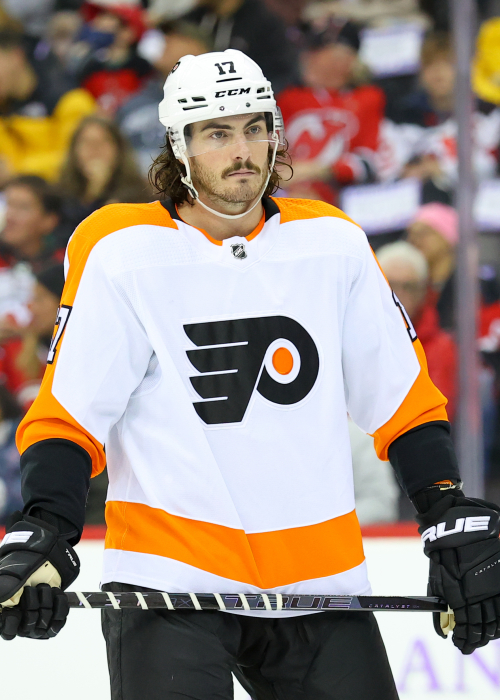There seems to be a glaring bias in Flyers fandom these days.
As much as I want to talk about Danny Briere as new Philadelphia Flyers General Manager, I can’t help but notice the glaring bias in Flyers fandom these days.
Sure I’d rather talk about what a rebuild looks like versus a salted earth campaign. I’d even like to talk about draft picks values and managing the cap in modern day NHL. I just feel this is more important RIGHT NOW.
I am sorry if you’re a 20 or 30 year old fan who missed out on this franchise being a dominant force in the NHL. It was wonderous.
You not being here for it doesn’t mean it no longer matters. You CERTAINLY should not be the ones to write the book on what those years of Philadelphia Flyers hockey were.
The closest some of you ever came to that experience was 2010. Maybe you caught Lindros in 1997 but you were too young to realize how much of a clown car that situation was and just how much you were being robbed of.
Over the years folks who never lived it have come to define the 70s and 80s Philadelphia Flyers as goon hockey. Neanderthals lumbering up ice with malicious intent, hellbent on fistfights and mayhem. Teams that won because they fought, not because they were skilled.
I can assure you at no point in the 70s and 80s were points or wins awarded for the results of fights.
Much like Spider-Man, I don’t need to tell you how and why the Flyers became the Broad Street Bullies.
If you’re not familiar with that story read Full Spectrum. Hell, read it anyway.
What gets lost in the modern appreciation of Flyers history is that the key wasn’t just being tougher than the rest of the league. It was in doing so with skill.
The Flyers were not the only team looking to intimidate their opponents. They simply got better at doing so than the rest of the league.
We have heard a lot about plans lately. Does this guy have a plan? Did that guy get to put his plan in action? What’s the new plan? Why won’t they tell us the plan?
The Flyers of the 70s and 80s had a plan. A straightforward plan. Compete. Make your opponents earn their wins and suffer their losses.
That’s not goon hockey. That’s the exact same hockey the Boston Bruins play today. It’s the same hockey Tampa Bay and St. Louis play. The Capitals and Penguins made you work for a win.
Having high-end talent absolutely makes winning easier. Any club that rolls out to lose games or just doesn’t care if they lose is far worse than anything you could call “Bullies Hockey”.
In 1973-74, Dave Schultz led the league in PIMs with 348. The Flyers were also second in points with 112 to the Bruins 113. They were second in wins with 50 to the Bruins 52. The Flyers also scored 273 goals which was good for fifth in the NHL and allowed 164 goals which tied them with Chicago for lowest in the league.
“The Hammer”
Dave Schultz had 20 goals that season. During his four years in Philadelphia he scored nine goals, 20 goals, nine goals and 13 goals. “The Hammer” topped 30 points twice and never put up fewer than 20 points. Schultz for a variety of reasons epitomizes the idea of “the Bully”. However, much like there was more to winning Cups than Bobby Clarke, there was more to being a bully than just being”The Hammer”.
Cup Teams
The Flyers of the mid 1970’s went to three consecutive Stanley Cup Finals, winning two of them.
The 1973-74 season Philadelphia was the only team to win 40 or more games and finish with over 1,000 penalty minutes.
In 1974-75, four of the five most penalized teams in hockey had 40 or more wins. All of those teams were over 1,100 penalty minutes and 100 points for the season. Three of the four teams were 110 points or better that year.
Once again in the 1975-76 season the Flyers would lead the league in penalty minutes, while also leading the league in goals with 348. They would also finish second in the NHL with 118 points.
That didn’t happen because they “won a bunch of fights”. No, it happened because they were able to combine skill and intimidation better than the rest of the league.
You still need both today.
The Flyers would cap off the 70’s with one more Stanley Cup Finals appearance. They would go on to set the longest unbeaten streak in North American pro sports history. Going 35 games without a loss the Flyers would lead the NHL in penalty minutes and points while doing so.
The 79-80 Flyers were second in goals with 327, just one shy of league leader Montreal. They would finish seventh that year in goals against as well, allowing just 254 tallies.
Five years later the Flyers would finish 1984-85 as the only team to top 50 wins (53), and 110 points (113) and took first place. The Flyers would put up 348 goals which was good for fourth and allow 241 goals which was the third fewest in the league. The team would finish nineth in penalty minutes with 1,540.
Notably, the Edmonton Oilers would post 1,569 PIMS, would score 401 goals, allow 298, win 49 games, and record 109 points on the year.
The Flyers would lose to Edmonton in the Stanley Cup Finals that year.
In 1986-87 the Oilers and Flyers would finish first and second in the standings again. They would also be the only teams to reach 100 points that season with Edmonton at 106 and Philadelphia at 100. Edmonton would top the league in scoring with 372 goals while the Flyers would finish fourth with 310. The Flyers would finish the year with the second fewest goals allowed, giving up 245 while Edmonton would allow 281, the 10th fewest in the league. Philadelphia would finish second in the league with 2,082 penalty minutes while Edmonton would finish with 1,721.
The Philadelphia Flyers would lose to the Oilers in the Stanley Cup Finals again.
Rick Tocchet would lead that 1987 team in penalty minutes with 288 in 69 games. Tocchett would also post 21 goals and 49 points that year, just his third in the NHL. He would follow that season up with four consecutive seasons of 30 goals or more and 60 or more points.
For every Schultz, Brown, Wilson, or Hospodar, there was a Leach, Propp, MacLeish, or Kerr.
The Flyers teams you missed out on were balanced and held their own in every facet of the game.
When Flyers fans talk about wanting to get back to those days, when they talk about wanting to be the Bullies, the Darth Vader of the league as some in National media have put it, this is what they are talking about.
A franchise that made six Finals appearances in 14 seasons, faced off against three of the greatest dynasties in NHL history and won two Stanley Cups.
That’s Bullies hockey. I’m glad I was able to watch it.
As much as the environment around hockey has changed, what remains true from the 70s through today is that you can’t win it all with just skill.
You need grit.
You can’t just be finesse.
You need sandpaper.
Countless players from the last 20 years echo this sentiment time and again. Yet podcasters and bloggers will continue to find an audience with people who believe a finesse player can’t also be aggressive. That a skill team can’t also be hard to play against.
You don’t have to be an undersized vegan pacifist to be a skilled player in the league.
The Philadelphia Flyers that John Tortorella and Danny Briere want to give Philadelphia the Flyers I just described. Skilled, tough, and hell to play against.
You don’t win championships without winning the battles.
Anthony Chatburn is a Contributor for HW Hockey
Photo: Canva
Listen to High and Wide Radio on Apple Podcasts or Spotify
For more Flyers coverage, follow and subscribe to High & Wide Hockey on Facebook, Twitter, and Youtube.
Discover more from HIGH AND WIDE HOCKEY
Subscribe to get the latest posts sent to your email.



